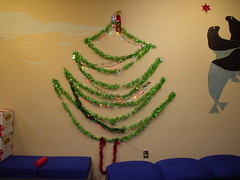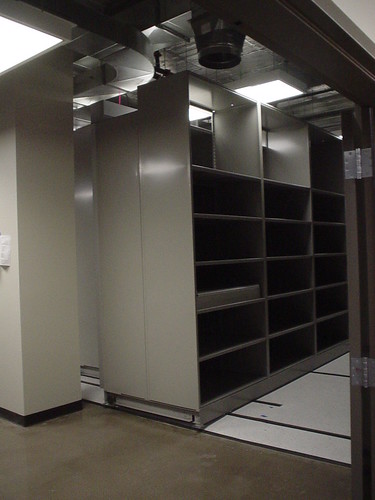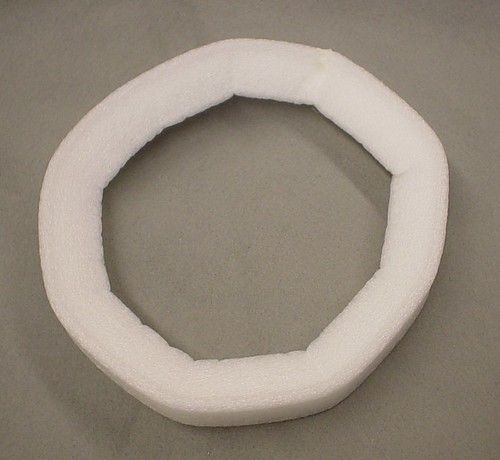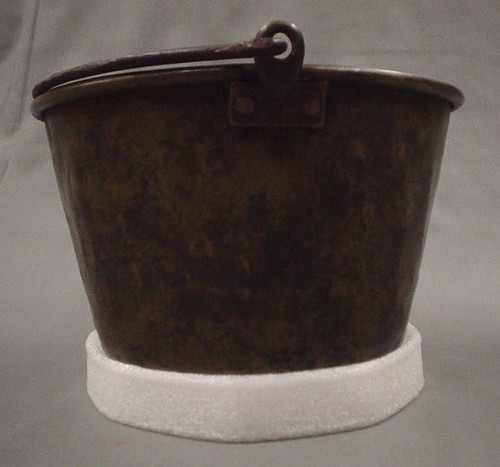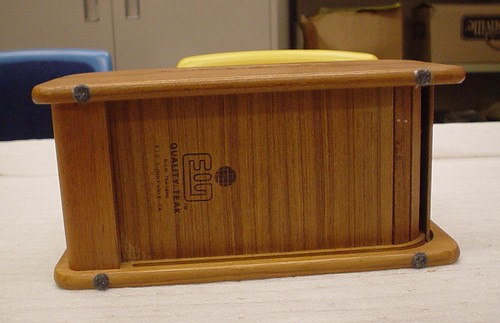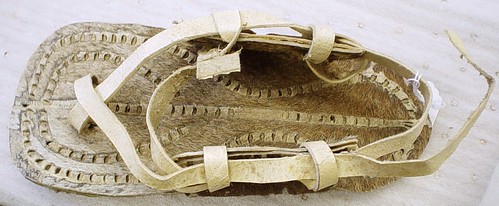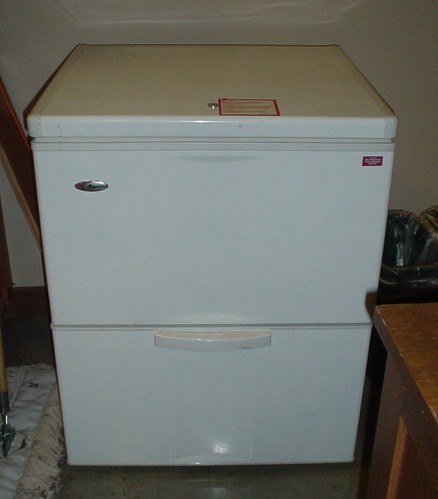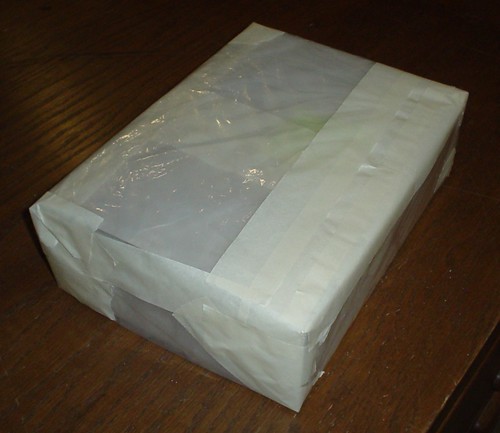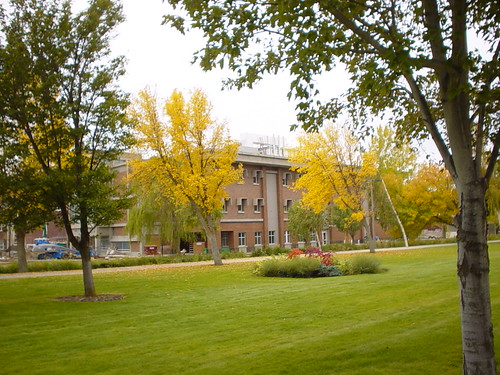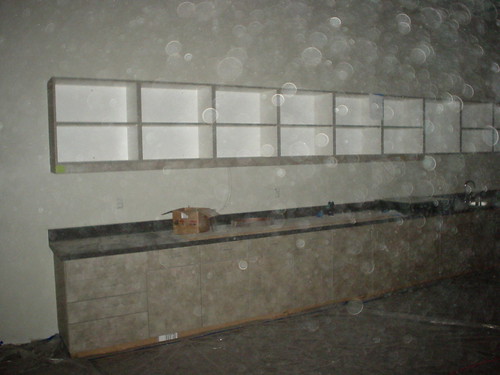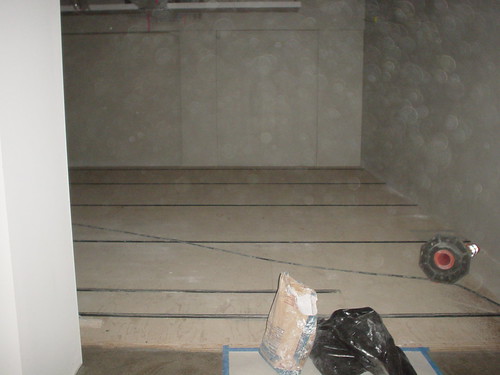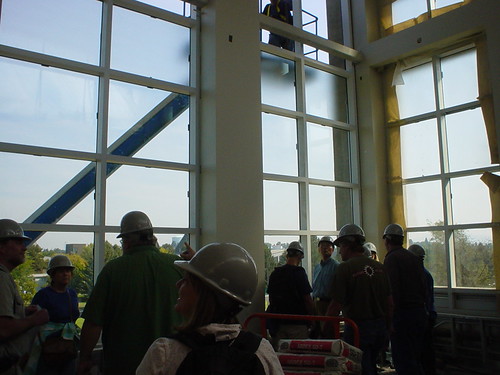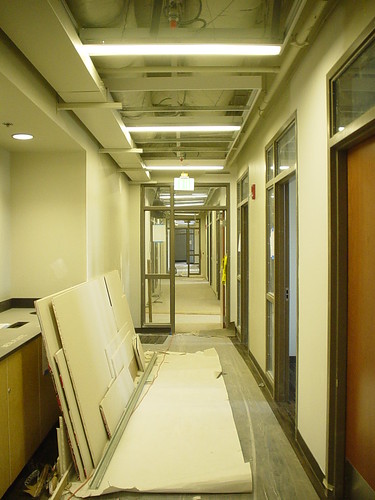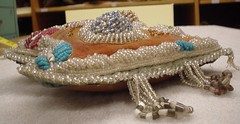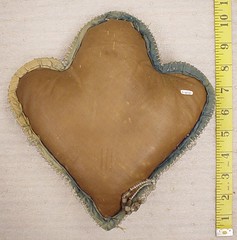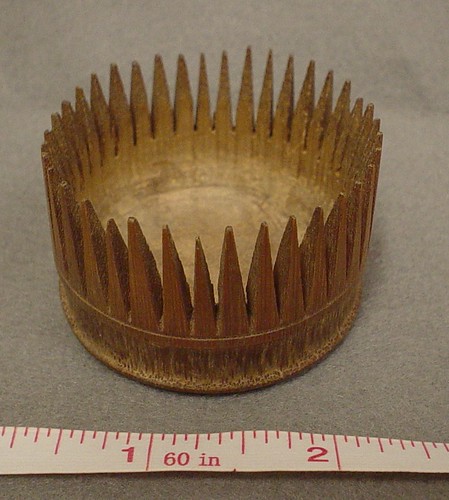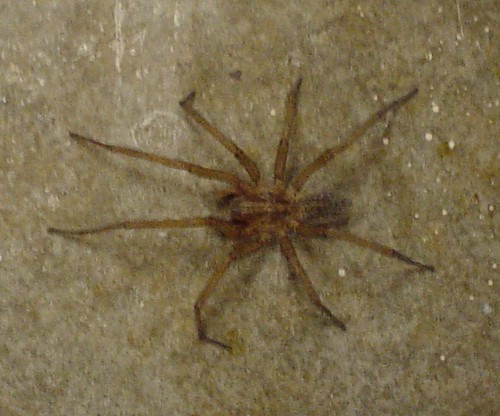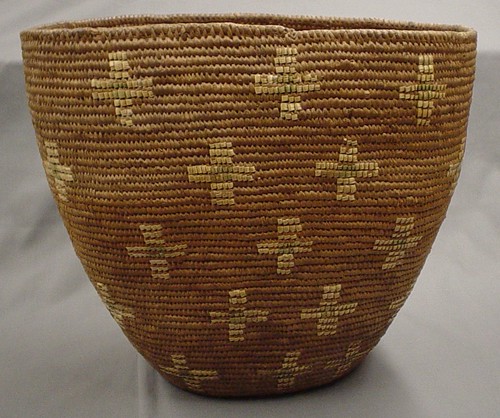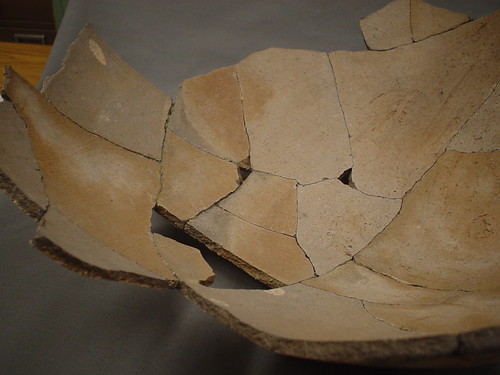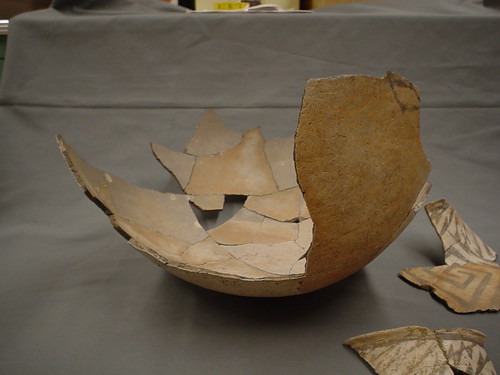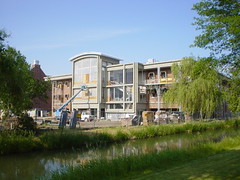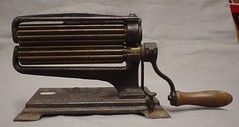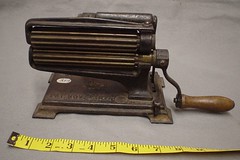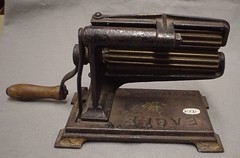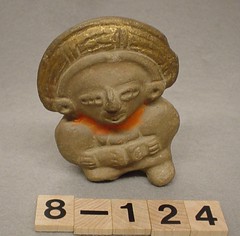"Intellectual control" is a huge concept in museums. It's not to be confused with
intellectual property which also happens to be very important. Intellectual control means that a museum can account for its objects, their history, their ownership, and so on and so forth. It's knowing where objects came from and where they are and if they should stay where they are. (By the way, if there are museum professionals out there with a better definition of intellectual control, please share.)
When I came to this museum, I was happy to find that a good level of intellectual control had been established over most of the collection - most objects have numbers which relate them to donors, and the database allows most objects to be easily located.

But nothing's perfect. There are several boxes of rocks, like the one above, mostly geologic specimens and fossil leaf impressions, which have escaped cataloging for the most part. Over the past week or so, I've been working in one of the store rooms beginning to sort out these specimens. I've set up a mobile command center at which I can sit and listen to
my local NPR news station while I catalog, measure, and photograph these objects.
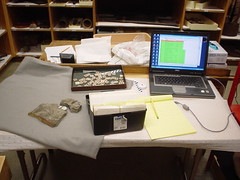
I'll be honest; these rocks are a challenge. Many of them have duplicate numbers. That is, they have the same catalog number as a different sort of object entirely. Some of them were labeled with a number on a sticker and the sticker has fallen off. It's my task to figure out how to identify these objects in our records. Before I make that decision, I am determining the extent of the duplicate issue. The two primary options that I see at this time are to 1) add a letter after the catalog number (duplicate 8-57 might become 8-57G (G for geology?)), or 2) assign new numbers which would come after the last catalog number for the accession. Both seem plausible. Option 2 seems reasonable given that most of the labels are not applied directly - they're on stickers which are falling off already.
No matter what I ultimately decide to do (and I am open to opinions and alternatives), I am going to document the heck out of it. Part of intellectual control is knowing the history of the object to the greatest extent possible. So if 8-57 is reassigned the number 8-514, for example, I would record that on both the paper catalog card which exists, and in our PastPerfect database. This way future collections managers will be able to avoid potential confusion.
On the flip side of the duplicate number issue is the missing objects issue. Going through these boxes have revealed many objects which were earlier unrecorded in the database and had been presumed missing. So for these objects, it's a happy ending straight away!




